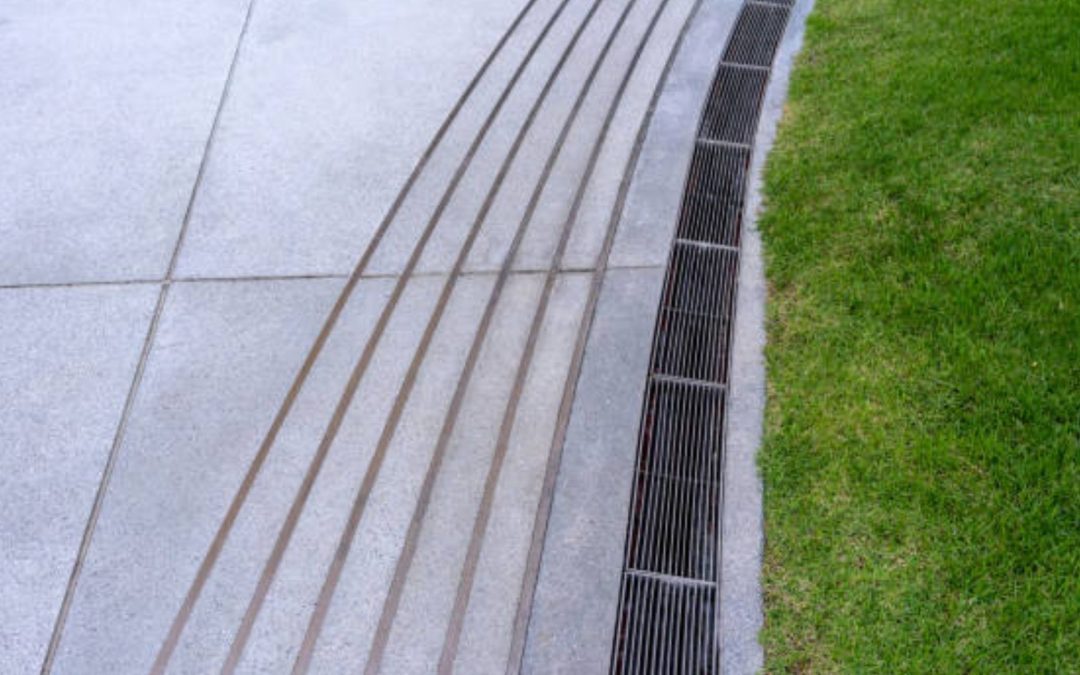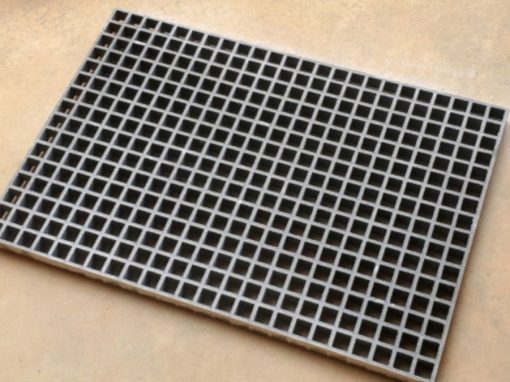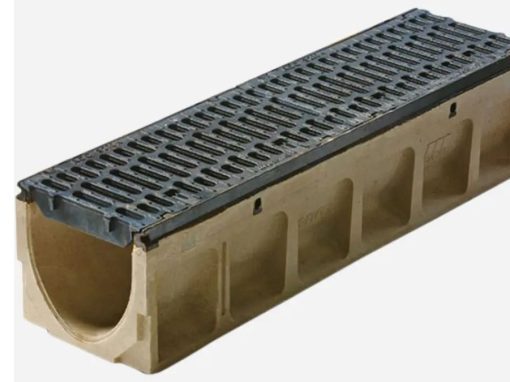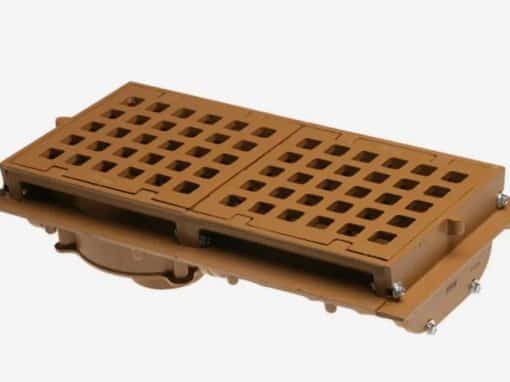Excess water causes millions of damage every year as well as causing injuries and deaths. For that reason, having a proper draining system is essential for your home, community, or business.
In this article, we’ll talk about what drain grating is, how drainage grates work, and the different types of drainage grating that you can choose from.
That way you can make the decision best for you.
What Is Drain Grating?
Drain grating simply a matter is a method that carries water away from the surface and prevents water pooling, which could create damage to nearby structures or cause hazards for nearby people. The drainage grate also covers this water transport channel in a safe and convenient way.
How Do Drainage Grates Work?
A drainage grate is the part of a water draining system that covers the top part of the drain. This could be a channel or even a hole.
Because of this a grate or grating can actually be designed in a number of ways to accommodate the particular drainage system.
Ultimately the grating serves as a barrier that stops debris from going into the drain. And of course it prevents people from accidentally falling into the drain itself.
Grates are designed to have holes that are as small as possible while still allowing any air and water needed to pass down into the drain and to its exit point.
Types Of Drain Grating
There are several types of drainage grating that you can choose from, and each one has a unique use depending on your drainage needs:
Longitudinal Slots
These grates are perfect for industrial applications and near pools, where a large volume of water needs to flow consistently into the drain.
Longitudinal slot grates are relatively easy to clean, however they don’t filter as much debris. as other types of grating.
Perforated Gratings
If there are a lot of contaminants in water or in solids, it may pass through the drain. These gratings are perfect.
These drain grates are typically seen in areas where food is being processed or served such as breweries in which you need to have water and liquid runoff without allowing solids to drip through.
However, if you have a very large volume of water going through the drain, perforated gratings are not ideal.
Mesh Gratings
Mesh gratings are similar to the perforated gratings in which they let more liquid pass through at a time.
You can still prevent solids from seeping into the drain system, but you don’t have to worry about water sitting on top of the drain as frequently as you would with perforated grating.
Horizontal Slots
You will typically see horizontal slot gratings near roadways or open road spaces. They prevent water from collecting at the low spots in the area, which means water goes into the drains at an angle.
This is the type of grating you might want to use if there’s a lot of water flowing through the area and you can’t afford to have puddles or standing water.
Solid Gratings
This is a less common type of drain grating, but they can be useful if you want to divide the drainage path.
Solid gratings are useful if you want to keep solids from getting into your drainage system, as well as keep people from catching their shoes or feet on the drain. It’s simply a solid plate with one little opening that lets water pass through the middle.
Diagonal Slotted Gratings
You will commonly see a diagonal slotted drain grate in a pool, or backyard in which water could be coming to the drain from a variety of directions. From there, the drain can channel the water somewhere else, such as the bottom of a hill or a nearby ditch.
Trench Drain Grates
Trench drain grates are used for channeling large amounts of water while preventing objects and debris from flowing into the drain itself.
They are also a safe type of drainage system to use since they keep pedestrians and animals from falling through the trench drain.
There are also ADA compliant grates for heel protection so that women wearing heels don’t trip on the drain, and they’re safe for bicycles as well. As long as you have the right load class, the drain itself can handle a large amount of weight while offering all the drainage you need.
The different types of drainage grates above all serve a purpose. Ultimately, a consultation with a trench drain grating expert will help you understand the best style for your project.




